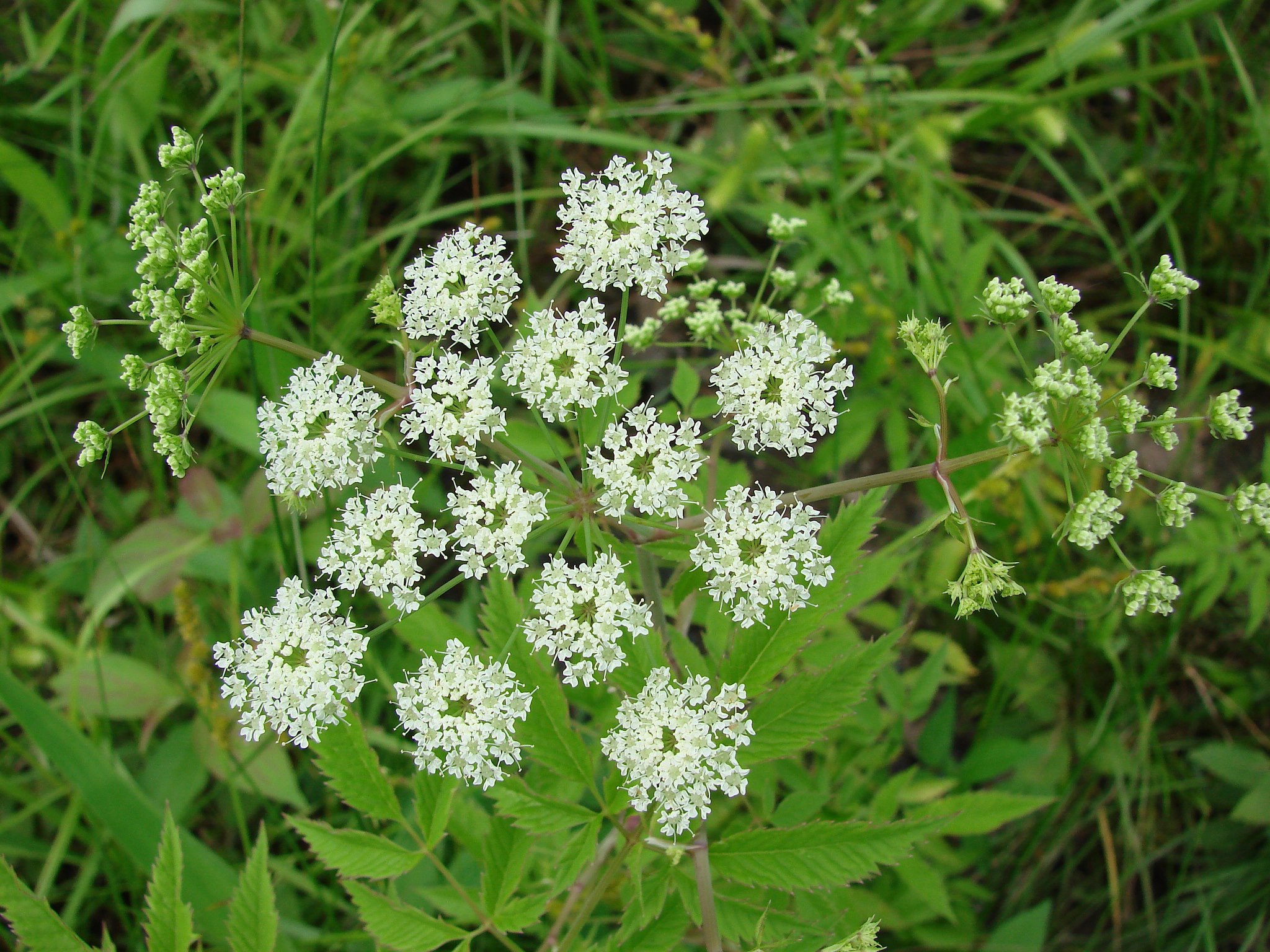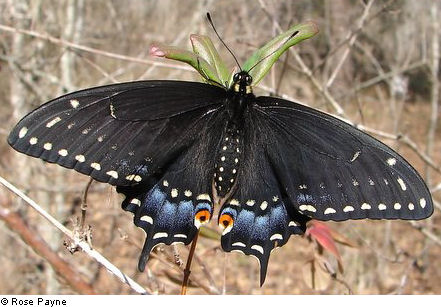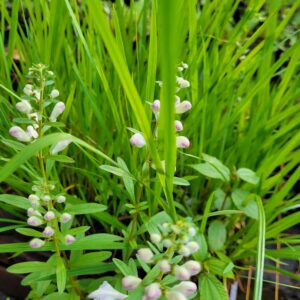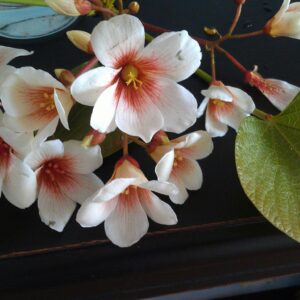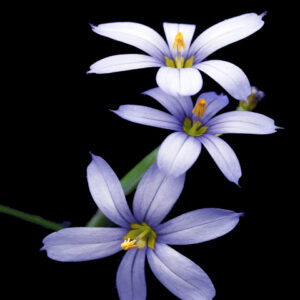$7.00
Native evergreen perennial with handsome foliage and beautiful flowers. Best larval host for Black Swallowtail Butterflies. Pollinated by numerous species of native pollinating insects: Bees, wasps, flies and beetles. Birds are attracted to the seeds and insects that feed on it. Though toxic to humans, it has also been used medicinally. Though native to all but 6 of the lower 48 states: WA, NV, UT, NM, WY, MT. Rarely offered for sale. Propagation source: Native Populations: Beaufort Co., SC. Sun or Part Shade. Average to Wet. Deer Resistant. Salt-water tolerant.
Description
Native perennial. Knee- waist high foliage. Chest to head high flowering stalk make it look like Queen Anne’s Lace on steroids. Robust perennial habit make it the best larval host for Black Swallowtail Butterflies and a Fringe-tufted Moth. The exposed nectar attracts numerous insects with short mouthparts. They include leafcutter bees, halictid bees, cuckoo bees, plasterer bees, masked bees, Sphecid wasps, Vespid wasps, Tiphiid wasps, spider wasps, velvet ants, cuckoo wasps, Eucoilid wasps, Braconid wasps, soldier flies, Syrphid flies, thick-headed flies,, Tachinid flies, flesh flies, Muscid flies, and miscellaneous beetles. Many of the wasps that it attracts are beneficial insects which feed upon or parasitize crop pests. All of these insects plus, the above insects, other caterpillars, plant bugs, grasshoppers aphids that feed on it make it a great hunting ground for mother birds. Many of the insects associated with Water Hemlock are oligolectic (they feed mainly on Water Hemlock. Birds are also known to feed on the seeds. It is toxic to humans but it has been used medicinally in small doses. Native Americans also used it as arrow poison.
It is highly deer-resistant. Plant it around other plants to protect them from browsing. Plant it sun or part shade. In average to wet soil, or in water. If you don’t have a moist place, plant it in that beautiful container that doesn’t have a hole, plug the holes with a plastic bag, or put a saucer under your pot. Divide it once a year to keep it happy. It tolerates long term flooding with fresh-water and occasional salt water inundation. Though native to all but six of the lower 48 states (WA, NV, UT, NM, WY, MT), it rarely offered for sale. Many people fear its toxicity. There are many toxic plants in cultivation though. I have been growing it in the nursery since the early ’90s. I taught my daughter (who was very young then) to respect it and my cats, dogs, chickens and guineas never bothered it. It is rare locally. We propagated our plants from 2 native roadside populations. Those populations have been mowed and sprayed repeatedly and may no longer exist. Plant it in your garden, to enjoy its flowers and to support all of the animals that depend on it. Follow the attached link to read more about the animals that depend on it.
http://www.illinoiswildflowers.info/wetland/plants/water_hemlock.htm
Additional information
| Size | 5 pack 3.5" pots, 3.5" pot |
|---|

